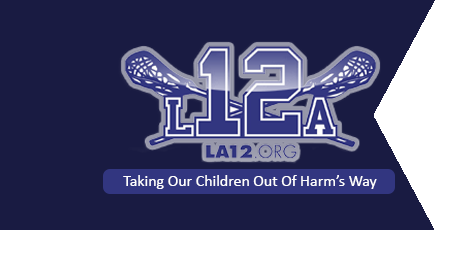AEDs at College Sports Venues Benefit Spectators
A Battle for Kids’ Hearts
July 6, 2005Coincidence? I Don’t Think So
November 3, 2005Oct 18, 2005 (Reuters Health) – Many universities with Division I athletic programs have invested in automated external defibrillators (AEDs), to provide immediate treatment to athletes who experience sudden heart attack, but in many cases the emergency medical devices are more frequently used on spectators than on athletes, new study findings suggest.
“Implementation of AEDs at selected athletic facilities at NCAA Division I universities is commonplace and demonstrates a cost-effective survival benefit for individuals attending athletic events or on campus,” study author Dr. Jonathan A. Drezner, of the Seattle-based University of Washington, told Reuters Health.
Each year more than 400,000 individuals experience out-of-hospital cardiac arrest, one of the leading causes of death in the United States, according to previous researchers.
In many cases, the most important factor affecting an individual’s survival after heart attack is the amount of time it takes him or her to get the necessary defibrillation treatment, to shock the heart back to a normal rhythm. Studies have shown that public access to AEDs in locations as varied as casinos, airplanes and shopping malls, has greatly increased survival among people who experience heart attack away from the hospital.
Research has placed public sports venues and health/fitness facilities at the top of the list of places where people experience sudden cardiac arrest. Whether universities make AEDs accessible at sporting venues depends on a number of factors, however, such as cost, the size of the sporting event, and the extent to which conventional emergency medical services are available.
In the current study, Drezner and his colleagues investigated the prevalence and use of AEDs at NCAA Division I universities, as well as the cost of making those devices available in university sporting arenas. To that end, they surveyed head athletic trainers at 244 universities.
Most (91 percent) reported that AEDs had been available in their universities for about three years, although reports ranged from just one year to as many as 13 years. The number of AEDs per institution also varied, with half of the schools having more than four AEDs on hand and the other half having less than four.
Overall, the trainers cited 35 cases in which the AEDs were used for sudden cardiac arrest, and most of the time, it was not used for students, Drezner and his colleagues report in the American College of Sports Medicine’s journal, Medicine & Science in Sports & Exercise. More than three out of every four cases (77 percent) involved an older nonstudent, while less than 20 percent involved student athletes, primarily intercollegiate athletes, the report indicates.
Patients survived in slightly more than half of the cases reported, and the survival rate was even higher (71 percent) in the 21 cases in which a defibrillator was used, the researchers note. For unknown reasons, however, a similar survival benefit was not found among the college athletes. None of them were resuscitated, perhaps due to “underlying structural heart disease (among young athletes)…that may be more resistant to defibrillation and attempts of resuscitation,” Drezner speculates.
On average, each defibrillator cost $2,460. Yet, a university can expect to incur up to $2,300 in costs per year for 10 years just to immediately resuscitate one person a year, Drezner and his team note.
These costs, coupled with the current findings that the devices are often used on non-athletes, suggest that “implementing AED should not be limited to the resources of university athletic departments but should be based on a shared expense of a university-wide or community-wide program,” the authors write.
Drezner adds that “universities without AEDs should consider acquiring AEDs as part of a coordinated emergency response system and public/community health initiative.”
SOURCE: Medicine & Science in Sports & Exercise, September 2005.
Publish Date: October 18, 2005
© Reuters Limited. All rights reserved.

